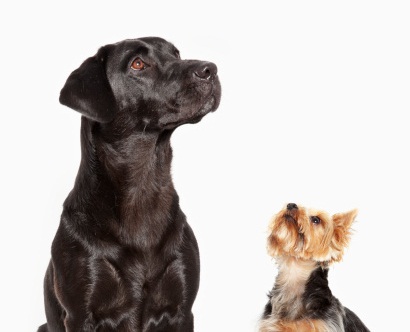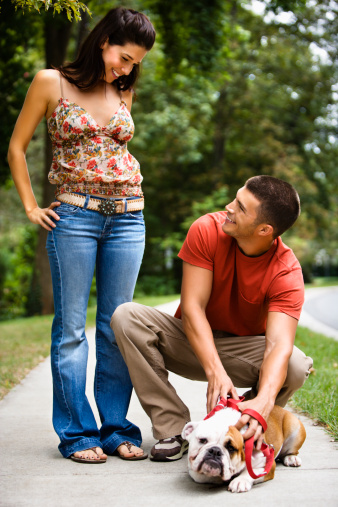Dog-bite claims cost insurers over $489 million in 2012,accounting for more than a third of all homeowners insuranceliability claim dollars paid out in the year, according to a studyby the Insurance Information Institute and State Farm, but theseclaims could be prevented if pet owners pay attention to their ownbody language and signs from their furry bestfriends.
|See Related: Top 10 States for Dog Bite Claims
|Melissa Berryman, a dog bite specialist who designed and teachesa safety and liability class for dog owners says, “Those claims canbe financially hard on the homeowners and tragic for the dogs,which is especially troublesome when you know that bites aren't a'bad dog' problem – they're a human ignorance problem.”
|She adds, “Dogs react based on their pack positions, thehandling ability of their owners and the situation and context.People have the power to recognize this and redirect theinteraction to that of friends.”
|Berryman is the author of “PeopleTraining for Good Dogs: What Breeders Don't Tell You and TrainersDon't Teach.
|Following are tips Berryman offers to help owners understand thesignals they are sending to their dogs when visitors arrive at thehome.
||Consider your dog's “rank”

Dogs have superior/subordinate relationships similar to themilitary, Berryman explains. Rank of family and guests dictates adog's behavior towards them. A high-ranking dog, a “general,” won'ttolerate insubordinate behavior from a perceived low ranking“private'' child or guest. Berryman says bites often occur whenhuman “privates” try to take food or toys away, or hug or pull a“general” type dog by the collar off of furniture.
||Yelling can exacerbate a dog'sagitation

Your dog doesn't know you've ordered pizza, Berryman notes, sowhen the delivery person arrives, your dog is agitated by thethreat at the door and starts barking. She explains that when youyell at your dog to stop barking, he interprets this as agitationon your part; he understands tone, not language. That onlyincreases a dog's anxiety and vulnerability. When the door opens,the dog bites because it thinks you and he are both feelingthreatened and you're both going to attack the threat. Berrymansays it's best to happily reassure your dog when someone arrivesand leave the greeting of guests to you, and not the dog.
||How you treat strangers influenceshow your dog treats them

Dogs respond to their owners' behavior, which gives them signalsabout whether or not a situation is safe, says Berryman. When thedog's owner meets a stranger and interacts formally with thatstranger, as many of us do, dogs can view this as the behavior offoes, or as apprehension, such as that of prey. Owners holdingleashes tightly unwittingly place their dog in the dangerous fightstance of the fight or flight response, she notes, adding that it'sbest to relax and act like a friend when meeting strangers, whichwill elicit a friendly response from a dog.
||Remember, dogs aren't trying toprotect a home when they react negatively to strangers orvisitors

Dogs place no value on your home, car, or the valuables theymight contain, says Berryman. When they're in a home or car, theyare trapped in an enclosed area and will respond to perceivedthreats with an automatic fight-or-flight response. Berryman saysit is the owner's responsibility to train dogs to calmly signalsomeone's approach and then to assert authority over thesituation.
|By understanding and respecting how dogs' instincts and naturalbehaviors differ from ours, dog owners can prevent bites andinsurance headaches, Berryman says.
Want to continue reading?
Become a Free PropertyCasualty360 Digital Reader
Your access to unlimited PropertyCasualty360 content isn’t changing.
Once you are an ALM digital member, you’ll receive:
- All PropertyCasualty360.com news coverage, best practices, and in-depth analysis.
- Educational webcasts, resources from industry leaders, and informative newsletters.
- Other award-winning websites including BenefitsPRO.com and ThinkAdvisor.com.
Already have an account? Sign In
© 2024 ALM Global, LLC, All Rights Reserved. Request academic re-use from www.copyright.com. All other uses, submit a request to [email protected]. For more information visit Asset & Logo Licensing.








